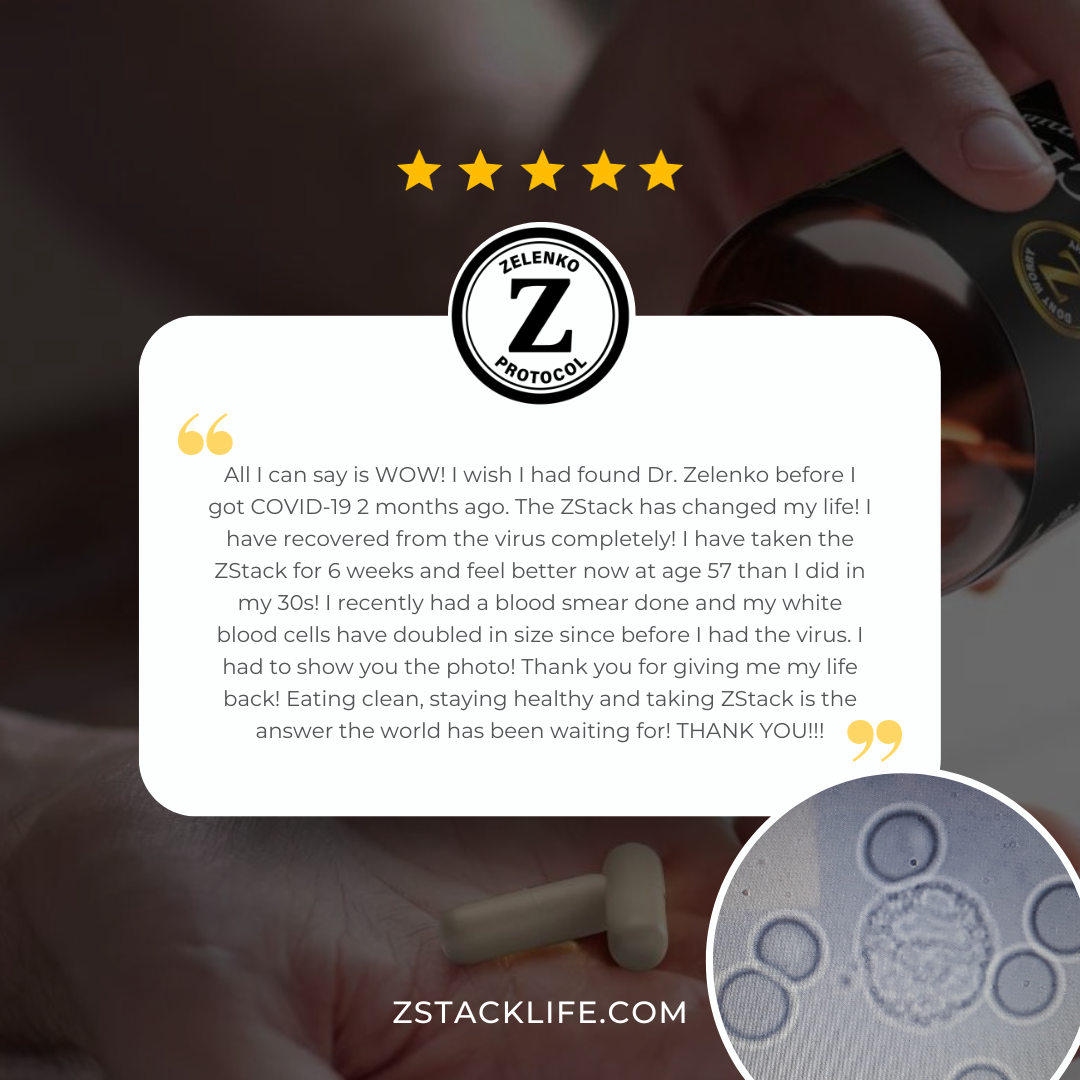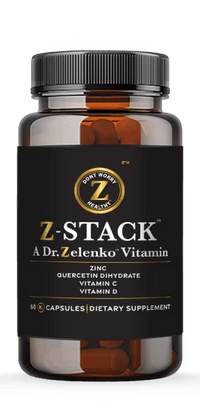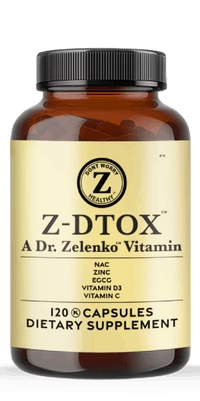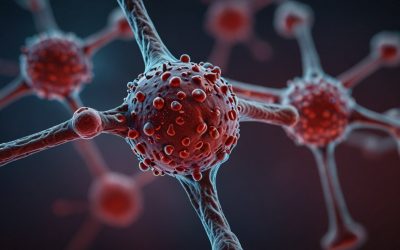You’ve likely heard of the disastrous 1986 Chernobyl nuclear incident, a stark example of environmental toxins’ capabilities to wreak havoc on human immune systems. Yet, it’s not just these large-scale events that should concern you; daily, you’re exposed to a myriad of chemicals and pollutants that could be subtly undermining your body’s defenses. As you consider the air you breathe and the water you drink, you might wonder how these environmental factors are shaping your immune response. The influence of toxins such as heavy metals, pesticides, and industrial chemicals on your immune system’s ability to fight infections and diseases is a complex puzzle with pieces still being unearthed by scientists. Unraveling this intricate web of interactions is pivotal, as it holds the potential to transform public health policies and personal wellness strategies. So, how exactly do these toxins disrupt your immune function, and what can you do to shield yourself from their insidious effects?
Key Takeaways
- Environmental toxins can disrupt the development and function of immune cells, leading to a weakened immune response.
- Regulatory T cells, which play a central role in maintaining immune function, can be vulnerable to environmental toxins and their function can be altered.
- Exposure to environmental toxins like dioxin and PCBs can impair immune system functions by disrupting cytotoxic T cell production and effectiveness.
- Maternal exposure to industrial pollutants can compromise an offspring’s immune defense and lead to long-term health challenges.
Understanding Immune System Dynamics
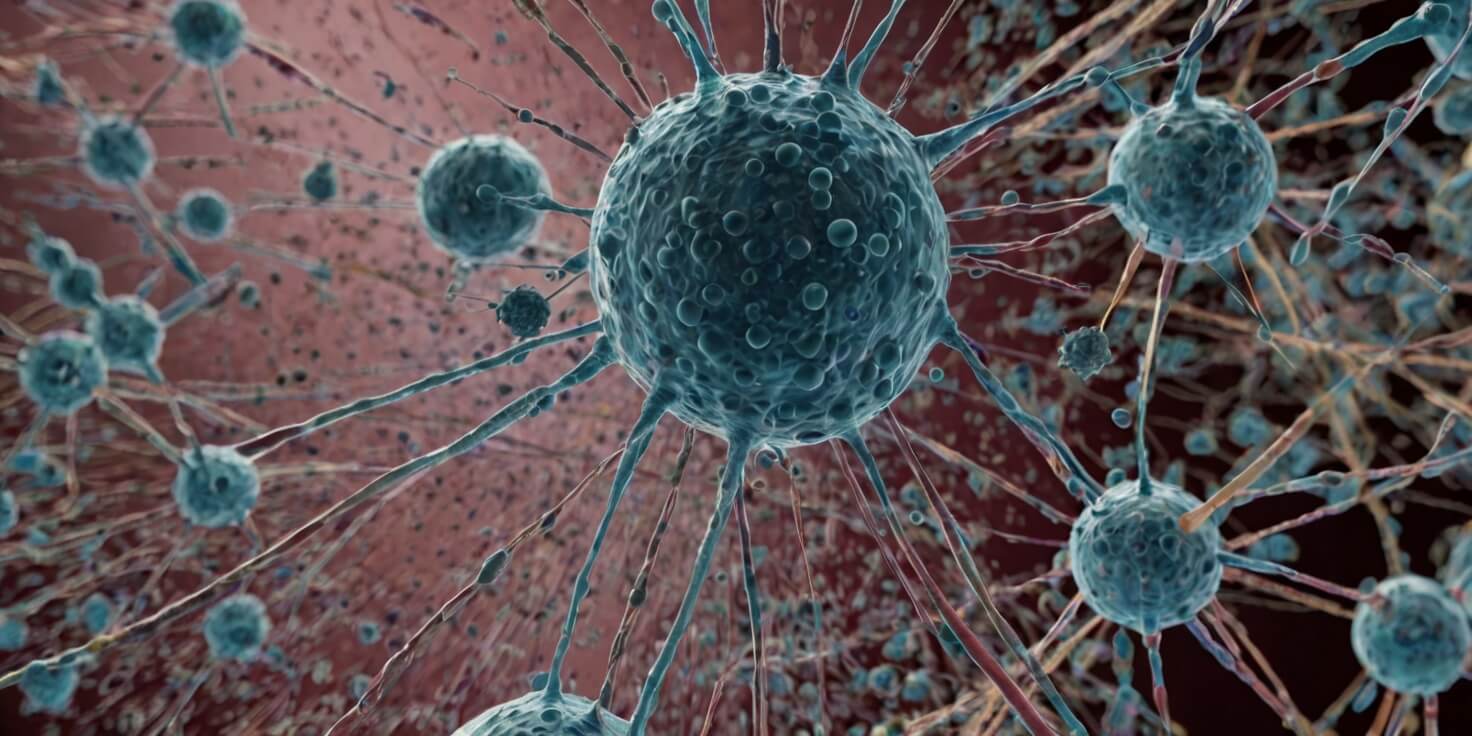
To comprehend how environmental toxins affect health, it’s critical to analyze the mechanics of the immune system and its response to such pollutants. The immune system, a complex network of cells and proteins, defends the body against infection. Immune cells, including regulatory T cells, are central to this defense, maintaining immune function and preventing overactivity that could lead to autoimmunity.
Environmental exposure to toxins can disrupt the development and function of these immune cells. Industrial pollutants, for instance, can cause changes in the immune response, leading to a weakened state. This compromised condition renders individuals more susceptible to infections, such as influenza, and can alter the effectiveness of vaccines designed to protect against these infections.
Research demonstrates that maternal exposure to environmental pollutants can detrimentally impact the immune system dynamics of offspring. Notably, these adverse effects on immune function can be inherited, potentially affecting multiple generations. The weakened immune response observed in descendants underscores the lasting influence of environmental toxins on health.
Understanding the impact on immune function requires precise knowledge of the interplay between immune cells and environmental toxins. Regulatory T cells, which help to modulate immune response, can be particularly vulnerable to environmental toxins, altering their ability to function properly. This disturbance in regulatory mechanisms can lead to an imbalanced immune response, either insufficient or excessively aggressive, both of which can have profound health implications.
When aiming to serve others, it’s vital to recognize the role environmental exposure plays in the health of populations. Supporting efforts to reduce environmental toxins can contribute to the maintenance of robust immune system dynamics and, consequently, a healthier society.
Identifying Key Environmental Toxins
Several environmental toxins, notably dioxin and PCBs, critically impair immune system functions by disrupting the production and effectiveness of cytotoxic T cells. These environmental chemicals, persistent in consumer products and animal-based food chains, are prime examples of pollutants with profound immunotoxic effects. Your understanding of these environmental contaminants is crucial, especially considering that exposure to dioxin can weaken immune responses in offspring over multiple generations, an effect more pronounced in female mice.
The aryl hydrocarbon receptor (AhR), a pivotal mediator in immune system development, is expressed in the thymus among other nonhepatic tissues. AhR ligands, such as dioxins and PCBs, influence the development and function of immune cells by altering AhR signaling pathways. As a protector of public health, you must recognize that these environmental factors not only disrupt immediate immune function but also pose risks to future generations.
Nanomaterials, another class of environmental contaminants, exhibit immunomodulatory effects. These effects are dependent on their unique characteristics such as size, shape, and surface properties, which can influence immune cell function and cytokine production. As you aim to serve others, it’s essential to consider how these emerging pollutants might affect human health.
Moreover, heavy metals like lead and mercury are environmental toxins with the potential to compromise immune responses. Developmental exposure to such xenobiotics can yield long-lasting disruptions in immune cell populations and functions. It’s imperative that in your service, you advocate for the reduction of exposure to these hazardous substances, thereby preserving immune system integrity and promoting overall well-being.
Mechanisms of Toxin-Induced Immune Disruption
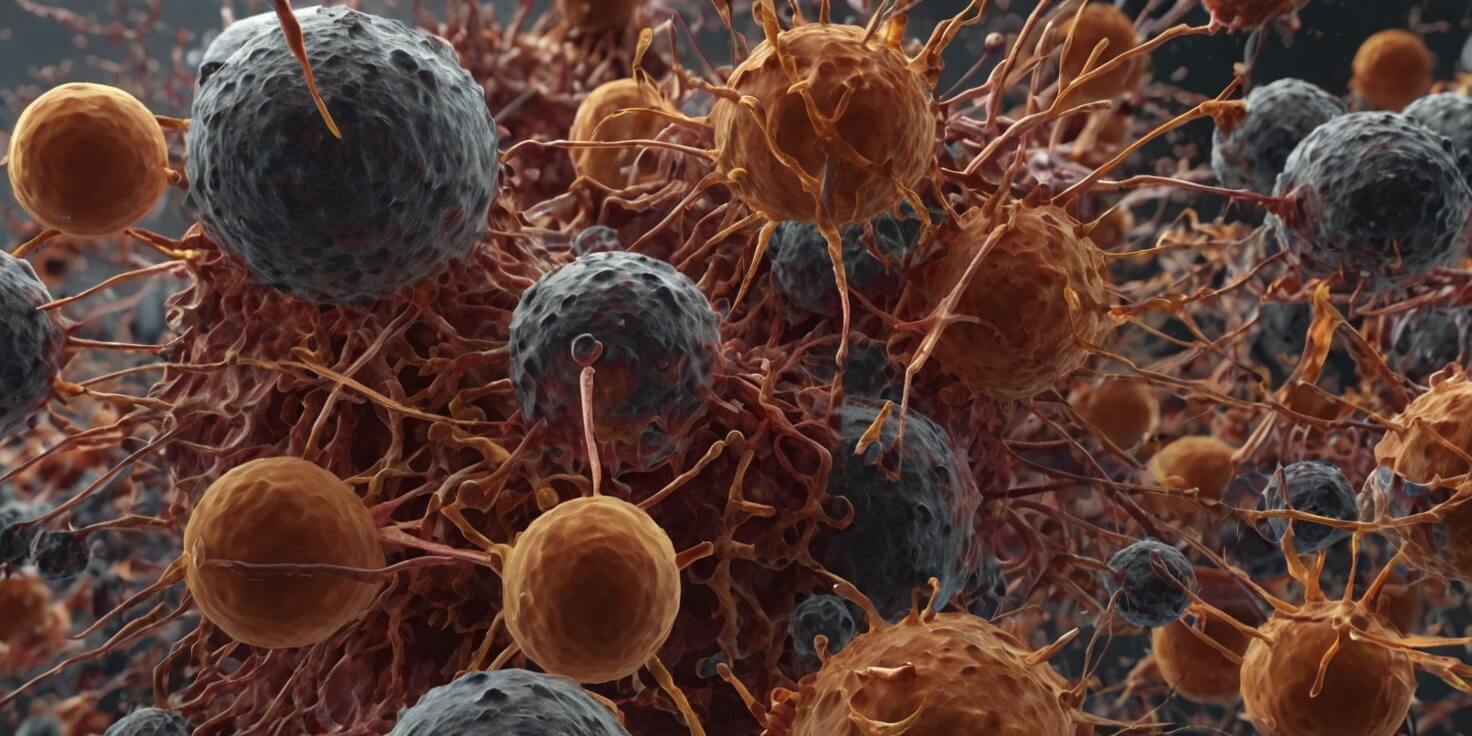
Understanding how environmental toxins such as dioxin and PCBs disrupt immune function hinges on unraveling the intricate mechanisms these chemicals employ to impair cytotoxic T cell production and activity. These toxins, often found in consumer products and contaminated animal-based foods, can lead to a weakened immune response. Studies, including those led by Paige Lawrence, Ph.D., at the University of Rochester Medical Center, have revealed how developmental exposure to these environmental toxins significantly affects immune regulation.
Environmental toxins, such as polychlorinated biphenyls (PCBs) and dioxin-like compounds, can bind to and activate the aryl hydrocarbon receptor (AhR), a ligand-activated transcription factor that is critical in immune regulation. Upon binding, AhR signaling pathways are initiated, leading to immunomodulatory effects. These effects can alter the differentiation, maturation, and function of various immune cells, including cytotoxic T cells, which are essential for targeting and eliminating infected or malignant cells.
The immunotoxicology field, supported by entities like the National Institute of Environmental Health Science, aims to decipher the alterations in immunological mechanisms caused by such chemicals. This knowledge is vital for evaluating human risk assessment and toxicity testing results.
Exposure to environmental pollutants like cigarette smoke and polycyclic aromatic hydrocarbons can also lead to immune disruption. Notably, developmental exposures can disproportionately affect offspring, with the impact more pronounced in female mice, suggesting a potential generational effect of such toxins on immune function.
Long-Term Health Implications
Over time, maternal exposure to industrial pollutants may compromise an offspring’s immune defense, potentially precipitating a cascade of long-term health challenges. This exposure can alter the developing immune system, affecting immune parameters that are crucial for defense against pathogens. Environmental insults during critical periods of immune development can have enduring effects, setting the stage for increased susceptibility to infectious diseases and potentially undermining the efficacy of vaccines.
When you consider the intricate interplay between environmental factors and immune health, it becomes clear that maternal exposure to environmental toxicants is not just a temporary concern but a foundational issue with far-reaching effects. The developing immune system is particularly vulnerable, as immune organs and cells are in a critical phase of maturation. If these systems are disrupted by environmental insults, the long-term health implications are profound.
Studies in mice have demonstrated that injury to the immune system by environmental toxins can be transmitted to subsequent generations, suggesting that the impact of maternal exposure might echo beyond the immediate offspring. This multigenerational effect underlines the importance of limiting exposure to pollutants to safeguard not only current but also future health.
Moreover, environmental affects can lead to variations in immune responses to both natural infections and vaccinations. This variability might be rooted in the long-term weakening of the immune system due to exposure to pollutants. Individuals with compromised immune parameters are often more vulnerable to conditions like influenza, which can have serious and lasting health consequences.
In serving the community, it’s vital to recognize and mitigate the risks of environmental toxicants. By doing so, you’re not only protecting individuals but also preserving the health of future generations.
Mitigating Exposure and Boosting Immunity
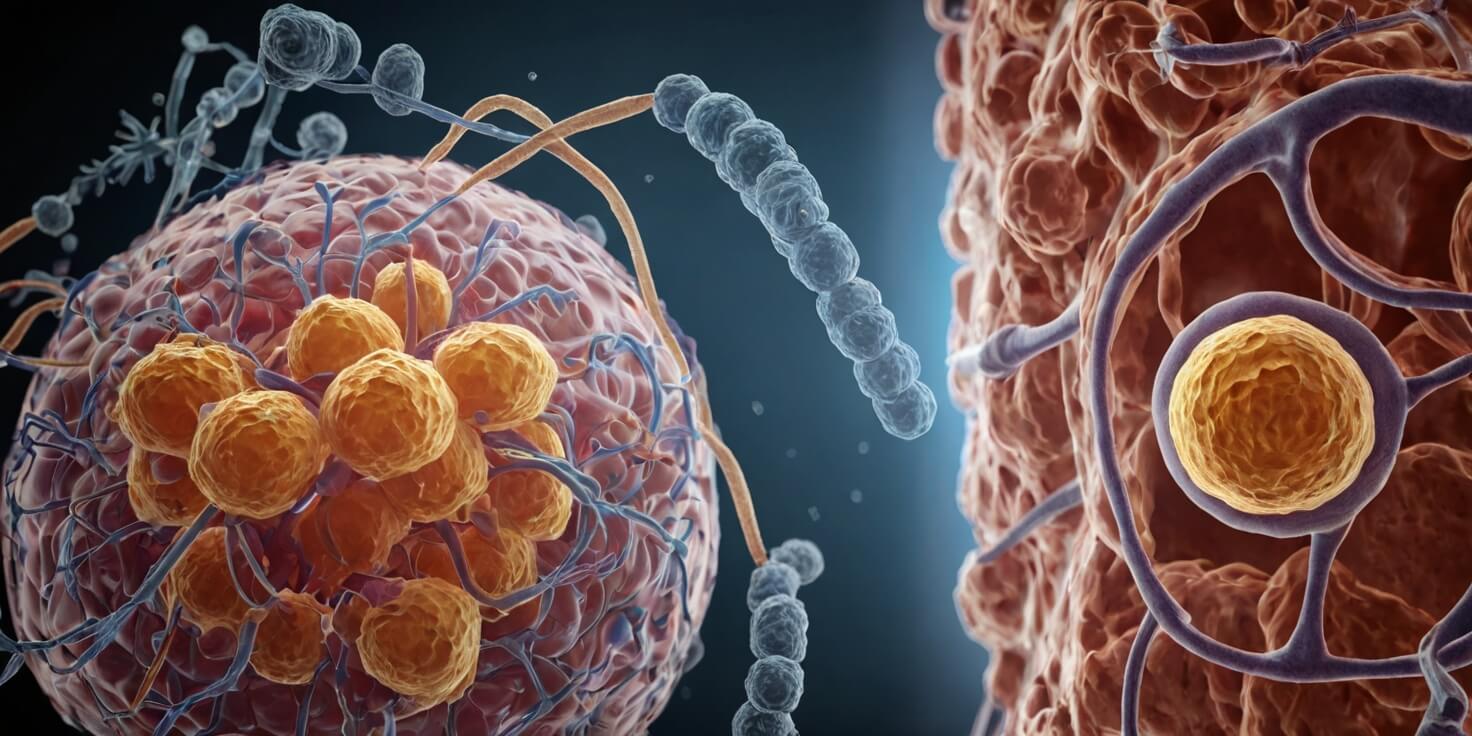
To effectively shield our immune systems from the detrimental effects of environmental toxins, it’s essential to adopt strategies that both reduce exposure and enhance immune resilience. You can take proactive steps by understanding the role of environmental immunology, which provides a framework for regulating pollutants to safeguard public health. Implementing measures informed by epidemiological data can lead to significant improvements in environmental health and, consequently, immune function.
Mitigating exposure to endocrine disruptors and other environmental toxins is crucial. These substances can compromise both innate and adaptive immune responses, leading to increased susceptibility to disease. By identifying sources of toxins and minimizing contact, you can protect the immune system from unnecessary stress.
Boosting immunity involves embracing a lifestyle that supports your body’s natural defenses. Proper nutrition, regular exercise, and adequate sleep are foundational to maintaining robust immunity. Additionally, staying informed about immunotoxicology helps in avoiding substances that could alter immunological mechanisms.
The table below highlights key areas for mitigating exposure and boosting immunity:
| Strategy | Benefit | Emotional Impact |
|---|---|---|
| Reducing toxin exposure | Protects innate and adaptive immune systems | Peace of mind and safety |
| Nutritional improvements | Enhances immune response and resilience | Empowerment and control |
| Exercise and lifestyle | Strengthens overall immune function | Confidence and well-being |
These strategies are not just technical steps; they’re acts of self-care that resonate deeply with a desire to serve and protect yourself and others. By taking these actions, you’re not only preserving your health but also contributing to a healthier environment for all.



